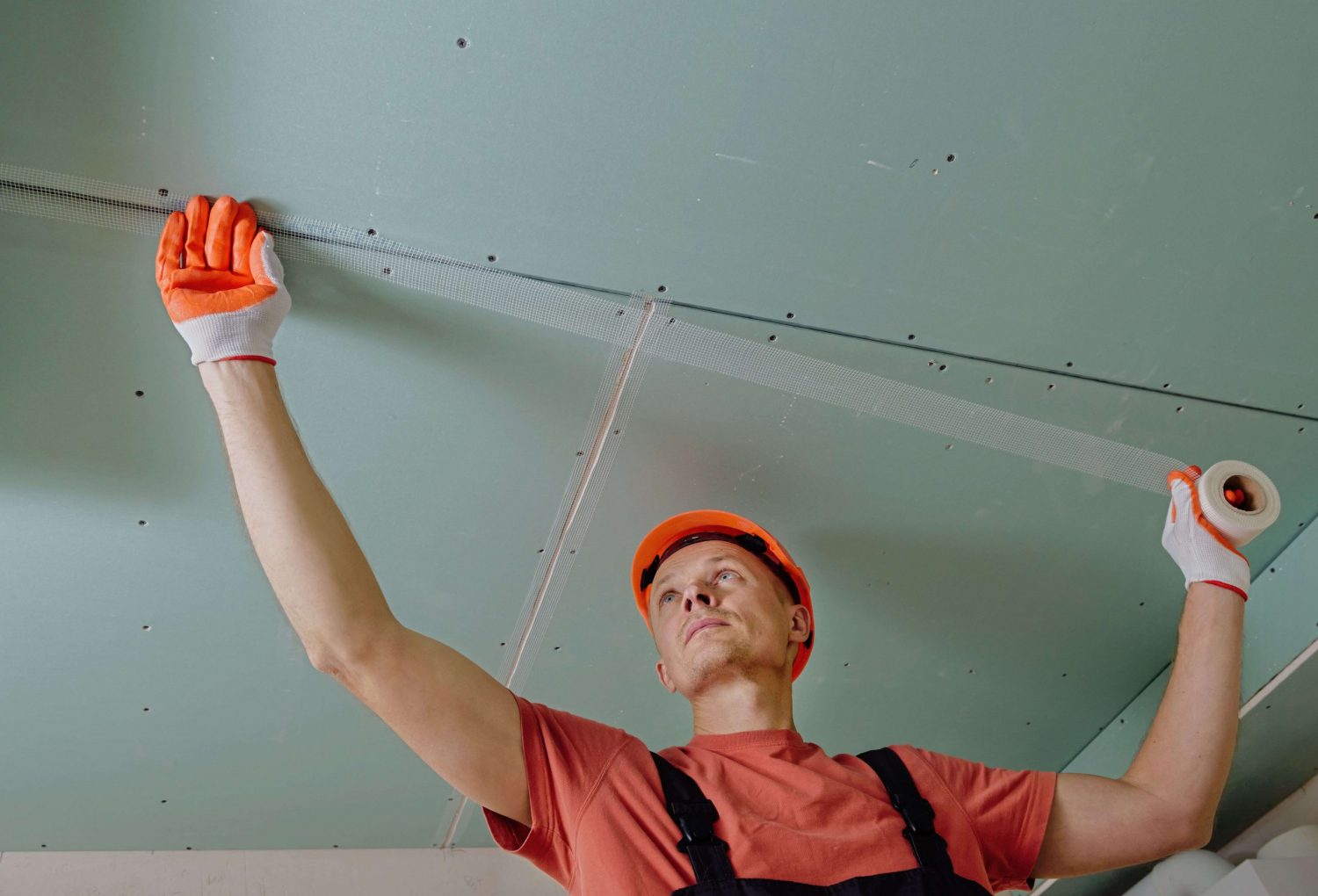

Articles
How To Plaster A Ceiling
Modified: January 5, 2024
Learn how to plaster a ceiling with step-by-step instructions and expert tips in these informative articles. Master the art of ceiling plastering for a flawless finish.
(Many of the links in this article redirect to a specific reviewed product. Your purchase of these products through affiliate links helps to generate commission for Storables.com, at no extra cost. Learn more)
Introduction
When it comes to renovating or repairing a room, one area that often requires attention is the ceiling. Whether you have visible cracks, uneven surfaces, or are simply looking to refresh the overall appearance, plastering the ceiling can be an effective solution. Plastering not only provides a smooth and immaculate finish but also helps to reinforce and strengthen the structure of the ceiling.
In this article, we will guide you through the process of plastering a ceiling, step by step. From preparing the ceiling to applying the plaster, smoothing and finishing, all the way to dealing with imperfections and cleaning up, we will cover everything you need to know to successfully complete the task.
But before we dive into the nitty-gritty details, there are a few materials and tools you will need to gather:
- Plaster: Choose a plaster suitable for ceilings, such as gypsum plaster or premixed drywall joint compound.
- Plastering Trowel: An essential tool for applying and smoothing plaster.
- Hawk: A flat, square platform for holding the plaster while working.
- Ladder or Scaffolding: Depending on the height of the ceiling, you will need a stable platform to reach and work comfortably.
- Dust Sheets: Cover the floor and any furniture or fixtures in the room to protect them from dust and debris.
- Sanding Block or Sandpaper: For smoothing and refining the plastered surface.
- Paint or Wallpaper: Once the plaster has cured and is dry, you can finish the ceiling with your preferred method.
Now that you have gathered all the necessary materials and tools, let’s move on to the first step: preparing the ceiling.
Key Takeaways:
- Proper preparation is crucial for successful ceiling plastering. From gathering the right materials and tools to meticulously preparing the surface, attention to detail sets the foundation for a professional finish.
- Smoothing and refining the plastered surface, addressing imperfections, and thorough cleanup are essential final steps in achieving a flawless and visually appealing plastered ceiling.
Read more: How To Repair A Plaster Ceiling
Materials and Tools Needed
Before you embark on plastering your ceiling, it’s important to gather all the necessary materials and tools. Having everything prepared in advance will ensure a smooth and efficient process. Here’s a list of what you’ll need:
- Plaster: Choose a plaster that is specifically designed for ceilings. Gypsum plaster or premixed drywall joint compound are commonly used options.
- Plastering Trowel: This handheld tool is crucial for applying and smoothing the plaster evenly on the ceiling. Look for a trowel with a comfortable grip and a flat, flexible blade.
- Hawk: A hawk is a flat, square platform with a handle on the underside. It is used to hold the plaster while you work, making it easy to scoop up and apply onto the ceiling.
- Ladder and/or Scaffolding: Depending on the height of your ceiling, you will need a sturdy and secure platform to reach and work comfortably. Make sure the ladder or scaffolding is stable and can support your weight.
- Dust Sheets: Plastering can be a messy job, so it’s important to protect your floors, furniture, and any other belongings in the room. Lay down dust sheets or plastic coverings to catch any plaster splatter or debris.
- Sanding Block or Sandpaper: Once the plaster has dried, you’ll need to smooth and refine the surface. A sanding block or sandpaper with a medium to fine grit is ideal for this task.
- Paint or Wallpaper: After the plaster has fully cured, you can choose to paint or wallpaper the ceiling to complete the renovation. Select the appropriate materials for your desired finish.
Having all of these materials and tools ready before you begin will save you time and make the process more efficient. It’s also important to wear appropriate protective gear like goggles and gloves to keep yourself safe during the plastering process.
Now that you have gathered all the necessary materials and tools, you’re ready to move on to the next step: preparing the ceiling.
Preparing the Ceiling
Before you can start plastering your ceiling, it’s essential to prepare the surface properly. This involves removing any existing wallpaper, repairing cracks or holes, and ensuring the ceiling is clean and free from debris. Follow these steps to get your ceiling ready for plastering:
- Clear the area: Remove any furniture or fixtures from the room, or cover them with dust sheets to protect them from plaster splatter.
- Remove wallpaper: If your ceiling has existing wallpaper, use a wallpaper steamer or a scoring tool and wallpaper stripper solution to loosen and remove the wallpaper. Make sure to scrape off any remaining adhesive to create a smooth surface.
- Repair cracks and holes: Inspect the ceiling for any cracks or holes and fill them with a suitable filler or joint compound. Allow the filler to dry completely and then sand it down until it is smooth and flush with the rest of the ceiling.
- Clean the ceiling: Dust and debris can affect the adhesion of the plaster, so it’s important to clean the ceiling thoroughly. Use a broom or vacuum cleaner to remove any loose dirt or cobwebs. Wipe the ceiling with a damp cloth to ensure it is clean and ready for plastering.
- Protect the walls and flooring: Cover the walls with masking tape and plastic sheeting to protect them from accidental splashes or drips. Lay down dust sheets or plastic coverings on the floor to catch any debris or plaster that falls during the process.
By taking the time to properly prepare the ceiling, you will create a clean and smooth surface for the plaster to adhere to. This will result in a professional-looking finish and ensure the longevity of your plastered ceiling.
Once you have completed all the necessary preparations, it’s time to move on to the next step: mixing the plaster.
Mixing the Plaster
Now that you have prepared the ceiling, it’s time to mix the plaster. The consistency of the plaster mixture is crucial for achieving a smooth and manageable application. Follow these steps to mix the plaster properly:
- Read the instructions: Different types of plaster may have specific instructions for mixing. Read the packaging carefully to understand the recommended water-to-plaster ratio and mixing time.
- Measure the plaster and water: Use a clean bucket or mixing tray to measure out the appropriate amount of plaster powder. Ensure that you have enough plaster to cover the entire ceiling. Add water gradually while mixing, following the guidelines on the packaging.
- Mixing the plaster: Start by adding water to the bucket or tray, and then slowly pour in the plaster powder. Use a mixing paddle or a trowel to combine the plaster and water. Mix thoroughly until you achieve a lump-free and creamy consistency. Avoid overmixing, as it can introduce air bubbles into the plaster.
- Let the plaster rest: Allow the plaster mixture to rest for a few minutes. This resting period, known as slaking, allows the plaster particles to fully absorb the water and ensures a better-quality mix.
- Check the consistency: Test the consistency of the plaster by scooping up a small amount with your trowel. The plaster should cling to the trowel without dripping off excessively. If the mixture is too runny, add a small amount of plaster powder. If it’s too thick, add a bit more water and mix well.
It’s important to follow the manufacturer’s instructions when mixing the plaster to achieve the best results. Keep in mind that the working time of the plaster may vary depending on the type and brand, so be mindful of the setting time.
With the plaster properly mixed and at the right consistency, you’re now ready to move on to the next step: applying the first coat of plaster to the ceiling.
Applying the First Coat
With the plaster mixed to the correct consistency, it’s time to start applying the first coat to the ceiling. This initial coat is known as the scratch coat or base coat, and it provides a foundation for the subsequent layers of plaster. Follow these steps to apply the first coat:
- Load the trowel: Take a scoop of plaster from the hawk using your plastering trowel. Hold the trowel at a slight angle and fill it about halfway with plaster.
- Start at the edges: Begin by applying the plaster to the corners and edges of the ceiling. Using the edge of your trowel, carefully push the plaster into the corners and smooth it out.
- Work from top to bottom: Starting at one side of the ceiling, position the trowel on the surface and apply the plaster with a sweeping motion. Use even pressure to spread the plaster across the ceiling, working in small sections at a time.
- Create an even thickness: Aim to achieve a consistent thickness of approximately 10-12mm for the first coat. Use the trowel to distribute the plaster evenly and maintain a smooth surface.
- Feather the edges: As you near the edges of each section, feather the plaster by spreading it thinly and blending it into the surrounding areas. This will ensure a seamless transition between sections and minimize visible lines or unevenness.
- Continue across the ceiling: Repeat the process of loading the trowel, applying the plaster, and feathering the edges until you have covered the entire ceiling with the first coat. Take breaks if needed, but avoid stopping in the middle of a section to prevent visible joints when the plaster dries.
Keep in mind that the first coat does not need to be perfect as it will be covered by subsequent layers. The key is to achieve a relatively smooth and even application. Once you have completed the first coat, allow it to partially dry and set before moving on to the next step.
Now that the first coat is applied, it’s time to move on to the next step: applying the second coat of plaster.
Before plastering a ceiling, make sure to clean the surface thoroughly and apply a bonding agent to ensure the plaster adheres properly. This will help prevent any future cracking or peeling.
Read more: How To Repair Plaster Ceiling Cracks
Applying the Second Coat
After allowing the first coat of plaster to partially dry and set, it’s time to apply the second coat. The second coat, also known as the skim coat or finishing coat, is responsible for achieving a smooth and flawless finish on the ceiling. Follow these steps to apply the second coat:
- Prepare the plaster: If necessary, remix the plaster to ensure it is at the right consistency. Refer to the manufacturer’s instructions for any specific recommendations.
- Moisten the first coat: Before applying the second coat, lightly dampen the surface of the first coat with a spray bottle or sponge. This will help the new plaster adhere to the existing layer.
- Load the trowel: Take a scoop of plaster from the hawk using your plastering trowel, similar to how you loaded it for the first coat.
- Apply the second coat: Starting at one corner of the ceiling, use the trowel to apply a thin layer of plaster over the first coat. Working in small sections, spread the plaster smoothly and evenly, taking care to feather and blend the edges with the surrounding area.
- Smooth and level the surface: As you apply the second coat, focus on achieving a level and even surface. Use the trowel to remove any excess plaster and create a smooth finish. Pay attention to any low spots or uneven areas and adjust as necessary.
- Continue across the ceiling: Repeat the process of loading the trowel, applying the plaster, and leveling the surface until you have covered the entire ceiling with the second coat. Work systematically to maintain a consistent thickness and texture.
During the second coat, it’s essential to refine your technique and aim for a seamless and blemish-free finish. Take your time and ensure that the plaster is applied evenly across the entire ceiling.
Once the second coat is applied, allow it to dry completely. The drying time will vary depending on factors such as temperature and humidity. Check the instructions on the plaster packaging for a recommended drying time.
With the second coat applied, it’s almost time to complete the plastering process. However, before moving on to the finishing touches, there are a few important steps to consider. We’ll cover those in the next section: smoothing and finishing.
Smoothing and Finishing
Now that the second coat of plaster has dried completely, it’s time to focus on smoothing and finishing the ceiling. This step involves refining the surface to achieve a polished and refined look. Follow these steps to achieve a smooth and flawless finish:
- Inspect the surface: Before you begin smoothing, carefully inspect the plastered ceiling for any imperfections, such as bumps, ridges, or uneven areas. Mark any areas that require additional attention.
- Sanding the surface: Use a sanding block or sandpaper with a medium to fine grit to gently sand the entire surface of the plaster. This will help smooth out any rough patches or high spots and create a consistent texture.
- Wipe down the ceiling: After sanding, use a clean, slightly damp cloth to wipe away any dust or debris from the ceiling. Ensure that the surface is clean and free from any particles that can interfere with the finishing process.
- Apply a skim coat (if necessary): If there are still noticeable imperfections or uneven areas, you may need to apply a thin, additional coat of plaster, known as a skim coat. Load the trowel with a small amount of plaster and spread it across the problem areas, feathering the plaster into the surrounding surface.
- Smooth out the skim coat: For the skim coat, use a damp sponge or a wet trowel to smooth out the newly applied plaster. Be careful not to overwork the plaster, as it can create additional imperfections. The goal is to create a seamless blend between the skim coat and the surrounding surface.
- Allow the plaster to dry: Once you have completed the smoothing and finishing process, allow the plaster to dry completely. Follow the recommended drying time on the packaging before proceeding with any final touches or paint application.
By taking the time to carefully smooth and finish the plastered ceiling, you’ll ensure a professional and visually appealing result. The extra effort put into this step will greatly enhance the overall appearance of the room.
With the ceiling now smooth and refined, it’s time to address any remaining imperfections before the final step: cleaning up.
Dealing with Imperfections
Even with careful plastering and smoothing, it is common to encounter some imperfections on the ceiling. These imperfections can include small cracks, air bubbles, or uneven areas. Luckily, there are ways to address these issues and ensure a flawless finish. Here’s how to deal with imperfections:
- Identify the imperfections: Carefully inspect the plastered ceiling to identify any imperfections that need attention. This may include small cracks, hollows, or other irregularities on the surface.
- Repair minor cracks: For hairline cracks, use a scraper or a putty knife to gently widen the crack. Remove any loose debris and fill the crack with a suitable filler or joint compound. Smooth the filled crack with a putty knife and allow it to dry. Lightly sand the area once the filler is dry to achieve a seamless finish.
- Address air bubbles: If you notice air bubbles trapped within the plaster, gently tap the affected area with the edge of a putty knife or trowel. This will help release the air and allow the area to settle. Fill any resulting voids with additional plaster and smooth the surface with a trowel.
- Level uneven areas: If there are any noticeable uneven areas, use a trowel to apply additional plaster to the lower spots. Gradually build up the plaster to level out the surface. Feather the edges of the newly applied plaster to blend it seamlessly with the surrounding area. Allow the additional plaster to dry before proceeding.
- Inspect and touch up: After addressing the imperfections, carefully inspect the ceiling once again to ensure a smooth and even finish. If any touch-ups are necessary, apply a small amount of plaster to the specific area and blend it in with the surrounding surface using a trowel or damp sponge. Allow the touch-up to dry before moving on to the next step.
Dealing with imperfections is an essential part of achieving a flawless plastered ceiling. By taking the time to address and repair any irregularities, you’ll be rewarded with a polished and visually appealing result.
Now that you’ve tackled the imperfections, it’s time to move on to the final step: cleaning up.
Cleaning Up
After completing the plastering process and addressing any imperfections, it’s important to properly clean up the workspace. Cleaning up not only leaves your room looking tidy but also ensures that any plaster debris or dust is removed. Follow these steps to effectively clean up after plastering a ceiling:
- Remove dust sheets and coverings: Start by carefully removing the dust sheets or plastic coverings from the floor and any furniture or fixtures in the room. Be cautious to avoid spreading any plaster dust or debris as you remove the coverings.
- Vacuum or sweep the area: Use a vacuum cleaner with a brush attachment or a broom to remove any loose plaster and dust from the floor. Pay attention to corners, edges, and hard-to-reach areas where plaster debris may have accumulated.
- Wipe down surfaces: Take a clean, damp cloth and wipe down any surfaces that may have come in contact with plaster. This includes walls, windowsills, and furniture. Be thorough and ensure that any visible plaster residue is removed.
- Clean tools and equipment: Rinse your plastering tools, such as the trowel and hawk, thoroughly with warm water to remove any leftover plaster. Remove any dried plaster from the tools using a scraper or stiff brush. Dry the tools completely before storing them.
- Dispose of waste properly: Transfer any leftover plaster or plaster scraps into a sturdy bag or container for disposal. Check with your local waste management guidelines to ensure proper disposal methods for plaster waste.
- Final inspection: Once the room is cleaned up, take a final look at your plastered ceiling to ensure that it meets your satisfaction. Check for any remaining imperfections or areas that require touch-ups.
By properly cleaning up after plastering, you’ll ensure a tidy and safe environment. Removing plaster debris and residue not only enhances the appearance of the room but also helps to maintain a clean and healthy living space.
Congratulations! You have successfully plastered your ceiling, addressing imperfections and achieving a smooth and flawless finish. Now you can move on to the next stage, whether it’s applying paint, wallpaper, or any other finishing touches to complete your room renovation.
Keep in mind that plastering can be a challenging task, especially for beginners. Don’t be discouraged if it takes time and practice to master the techniques. With patience and persistence, you’ll be able to achieve professional-looking results.
Remember to prioritize safety throughout the process by wearing appropriate protective gear, such as goggles and gloves, and following all safety precautions.
Good luck with your plastering project!
Read more: How To Repair A Plaster Ceiling Hole
Conclusion
Plastering a ceiling is a rewarding and transformative project that can breathe new life into a room. By following the steps outlined in this article, you have learned how to properly prepare the ceiling, mix and apply the plaster, smooth and finish the surface, and address any imperfections. With time and practice, you can achieve a professional-quality finish that will enhance the overall appearance of your space.
Throughout the process, it’s important to gather the necessary materials and tools, ensuring you have everything at hand before you start. Take the time to properly prepare the ceiling by removing any existing wallpaper, repairing cracks, and cleaning the surface. Mixing the plaster to the correct consistency and applying the first and second coats accurately are key steps in achieving a smooth and even finish.
After the plaster has dried, focus on smoothing and refining the surface to eliminate any imperfections. Sanding the plaster and applying a skim coat, if necessary, will help you achieve a flawless result. Finally, make sure to thoroughly clean up the workspace and properly dispose of any plaster waste.
Plastering can be a challenging task, particularly for beginners, but with practice and persistence, you can become proficient in the techniques involved. Remember to prioritize safety by wearing appropriate protective gear throughout the process.
Now that you have completed the plastering process, you can move on to the next stage of your room renovation, whether it’s painting, wallpapering, or adding any additional finishing touches. Enjoy the satisfaction of a job well done and take pride in your beautifully plastered ceiling.
Thank you for joining us on this plastering journey. We hope that this article has provided you with the knowledge and confidence to tackle your own ceiling plastering project. Happy renovating!
Frequently Asked Questions about How To Plaster A Ceiling
Was this page helpful?
At Storables.com, we guarantee accurate and reliable information. Our content, validated by Expert Board Contributors, is crafted following stringent Editorial Policies. We're committed to providing you with well-researched, expert-backed insights for all your informational needs.
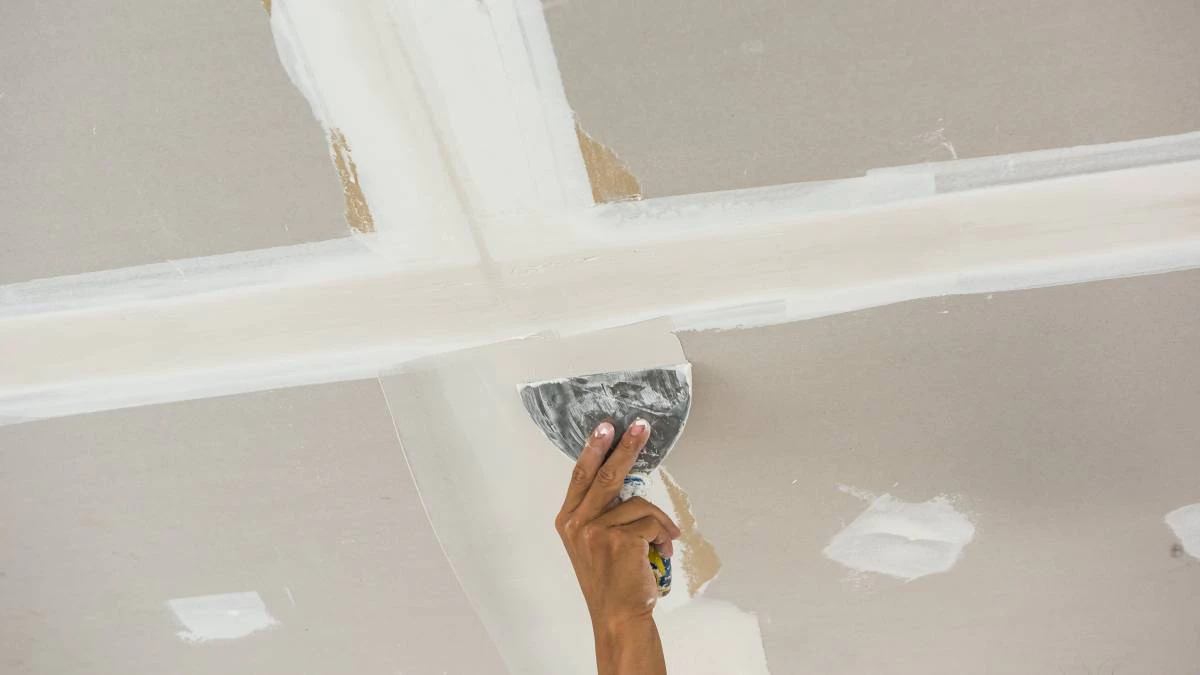
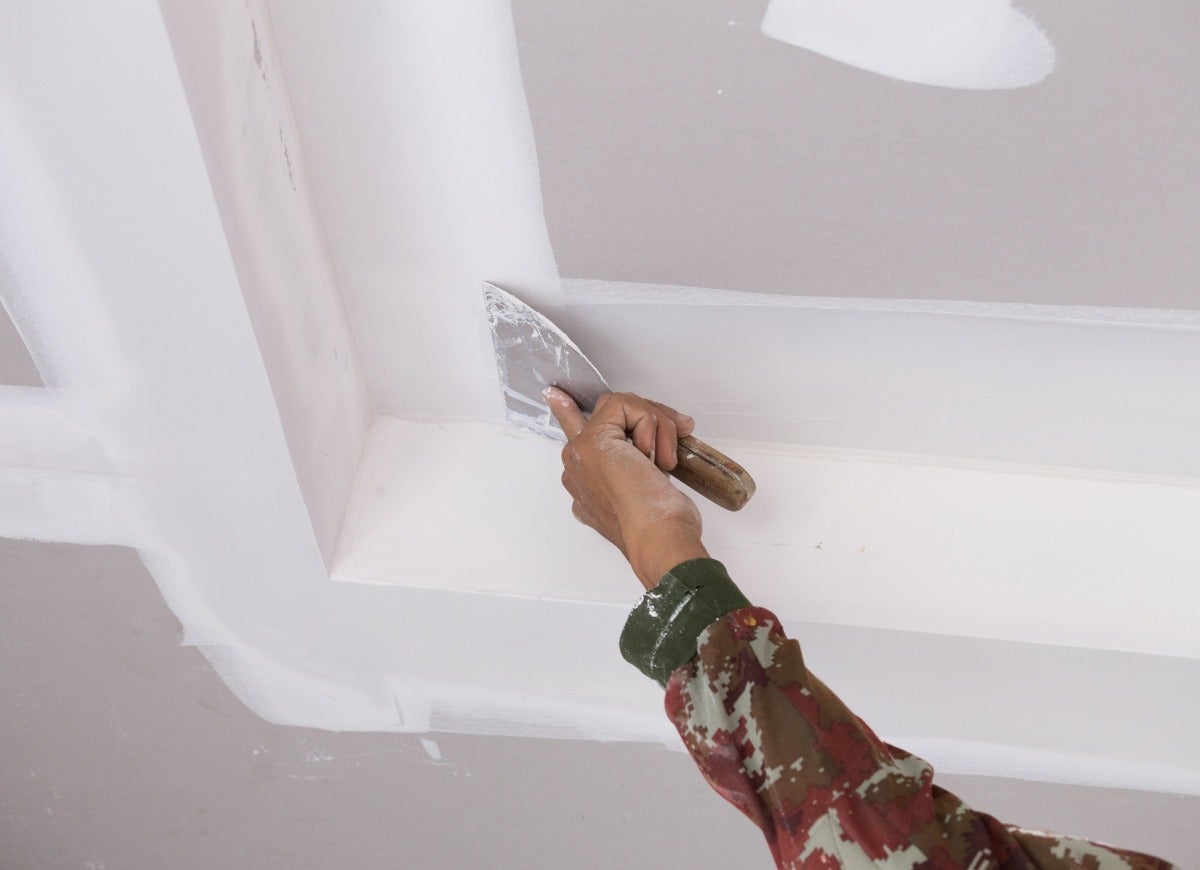


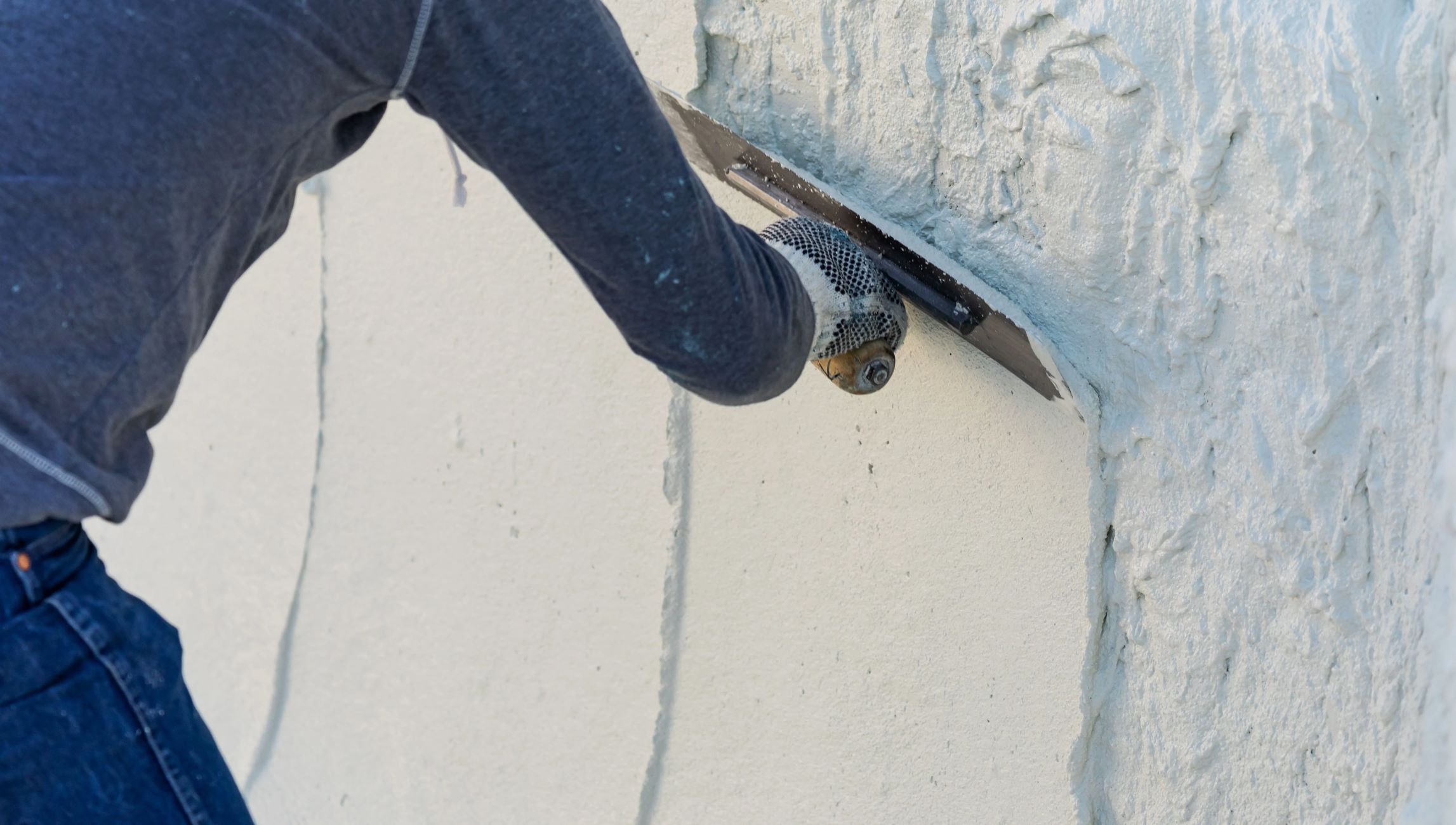
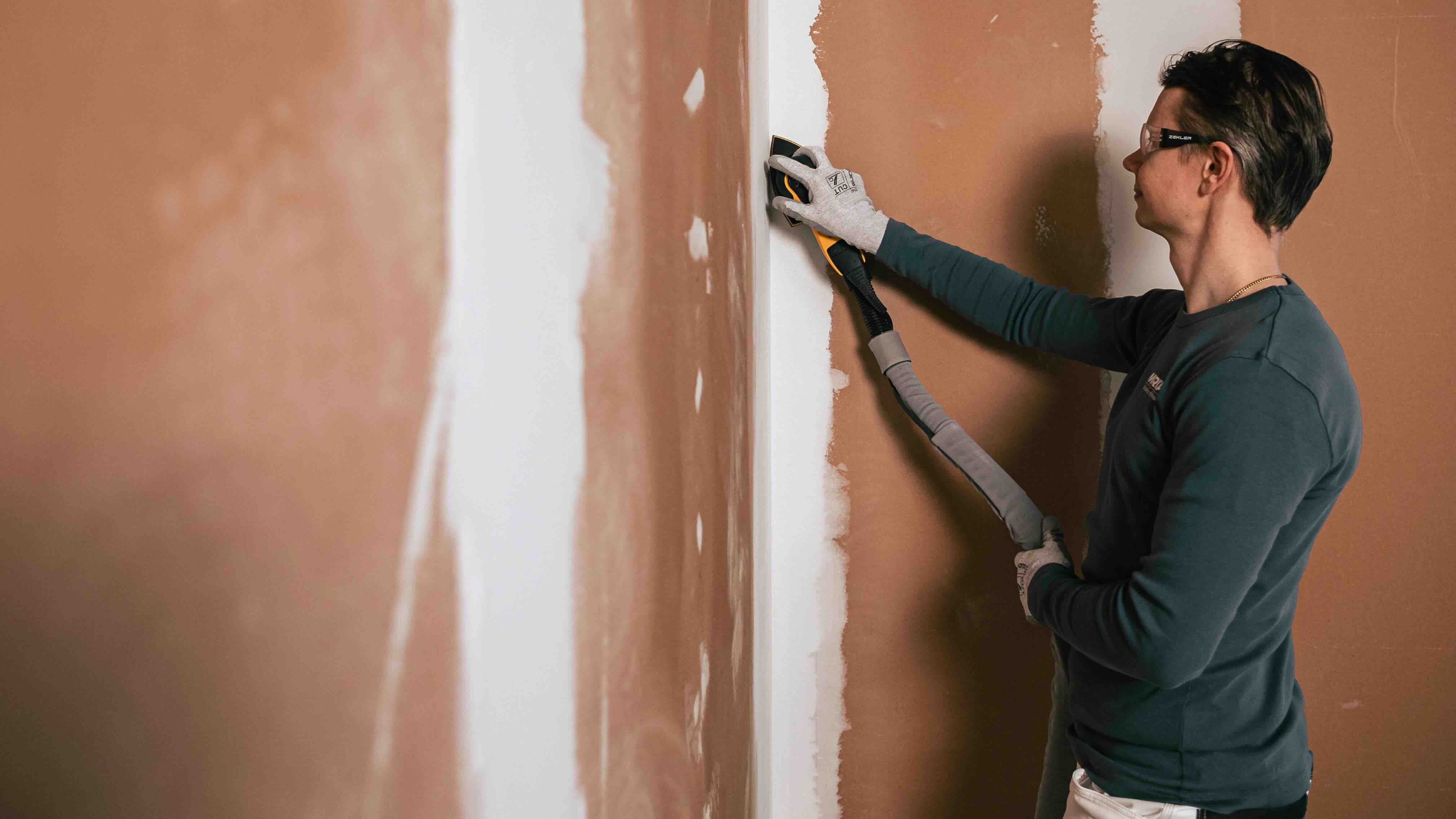
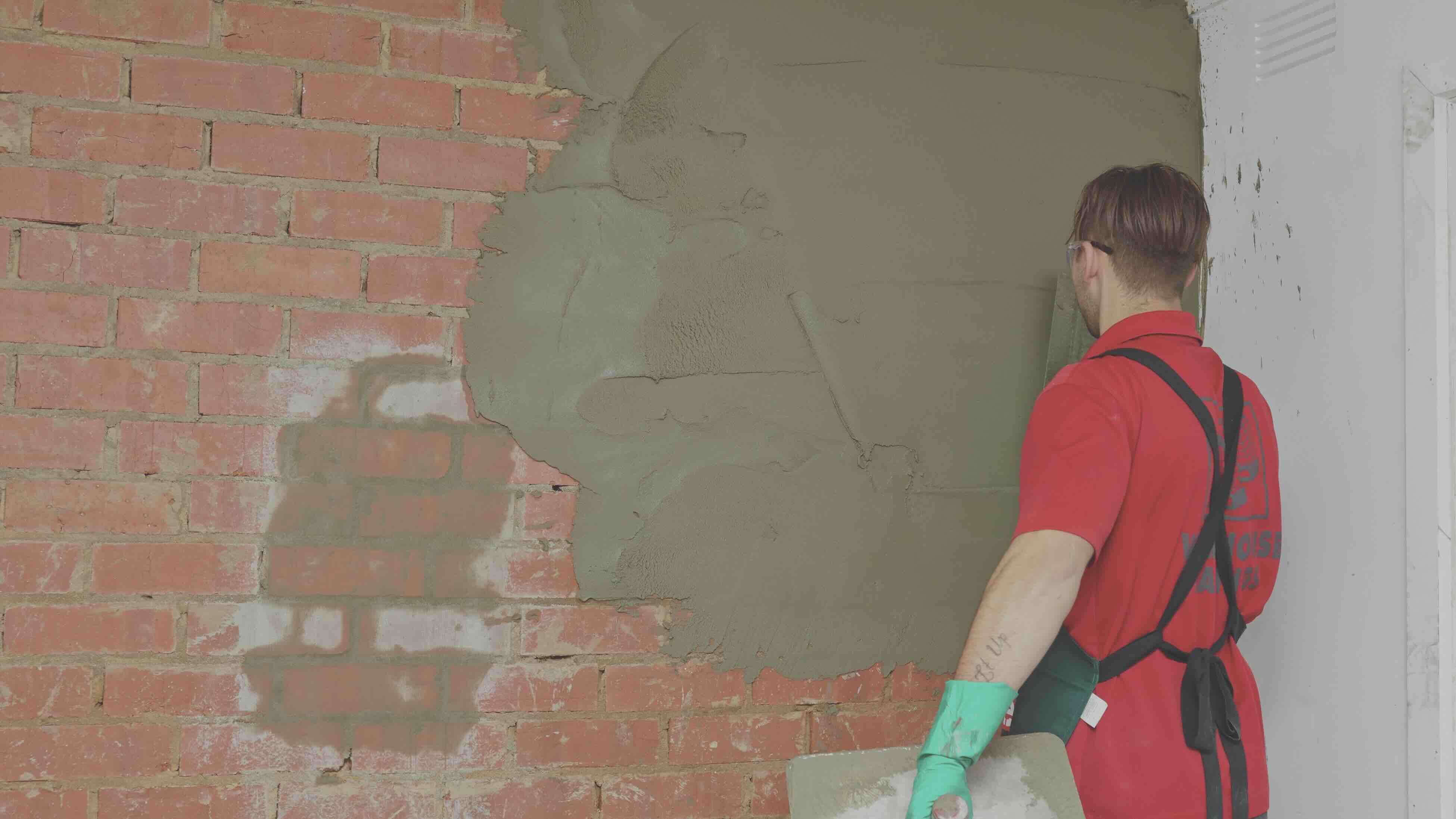
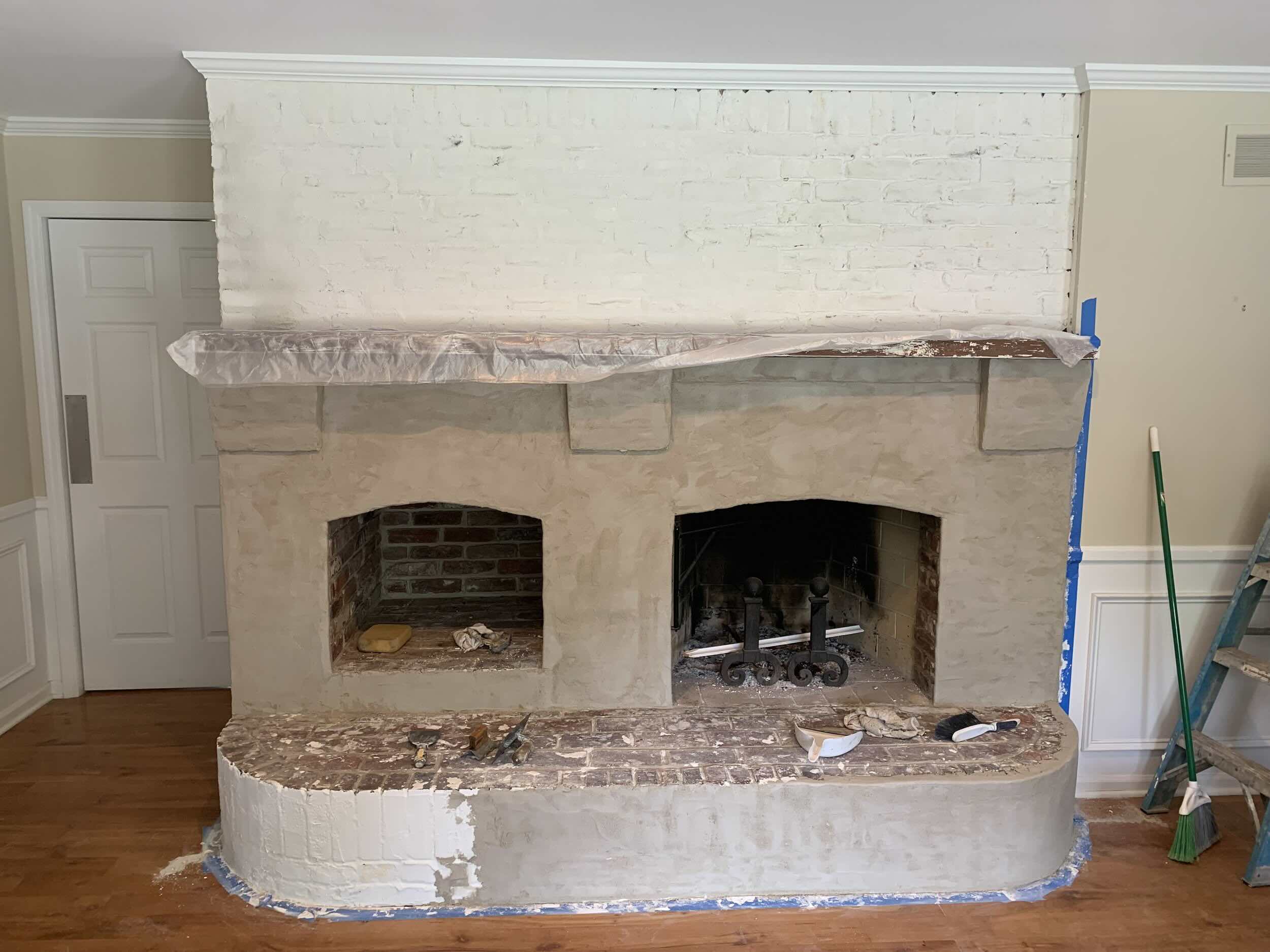
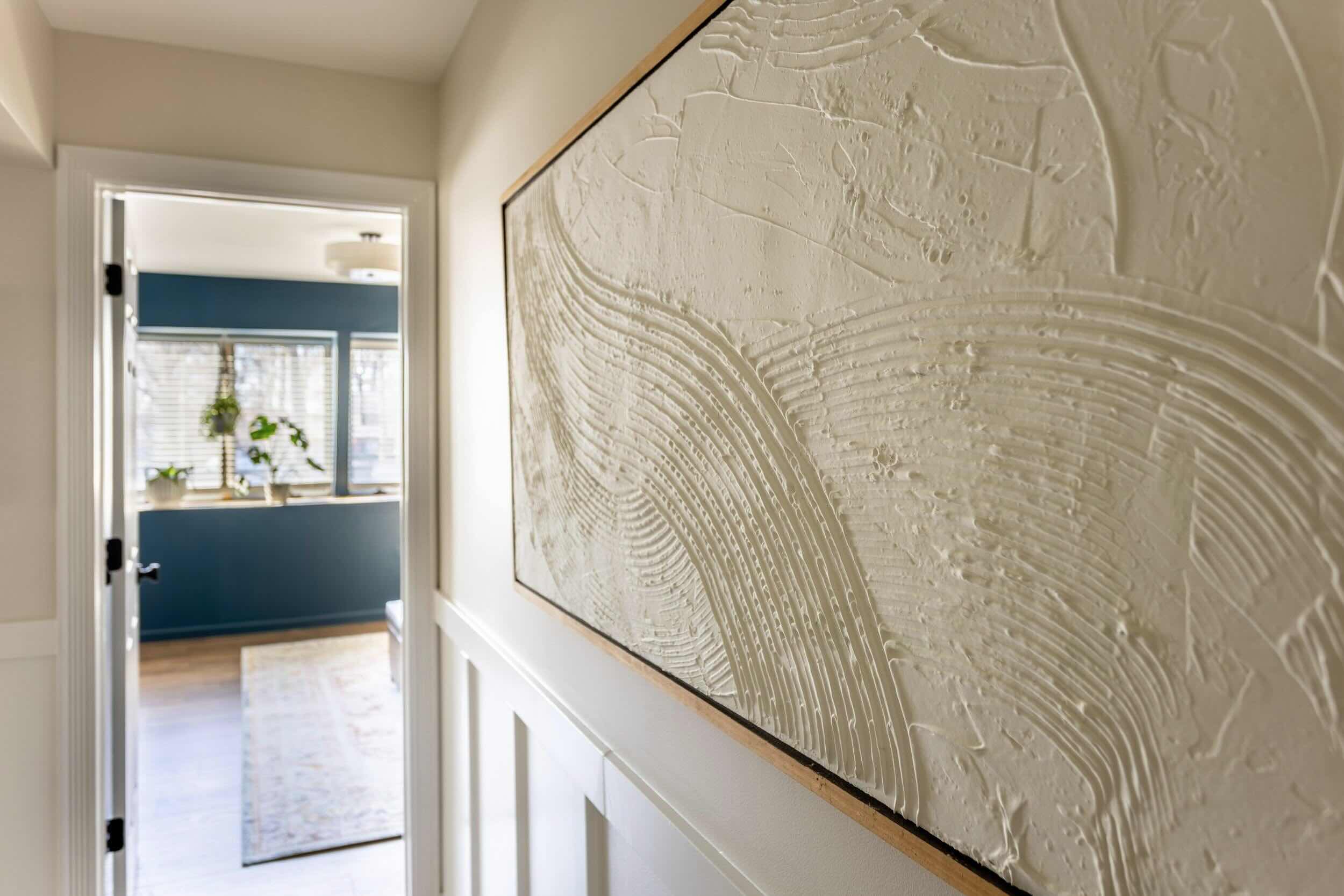
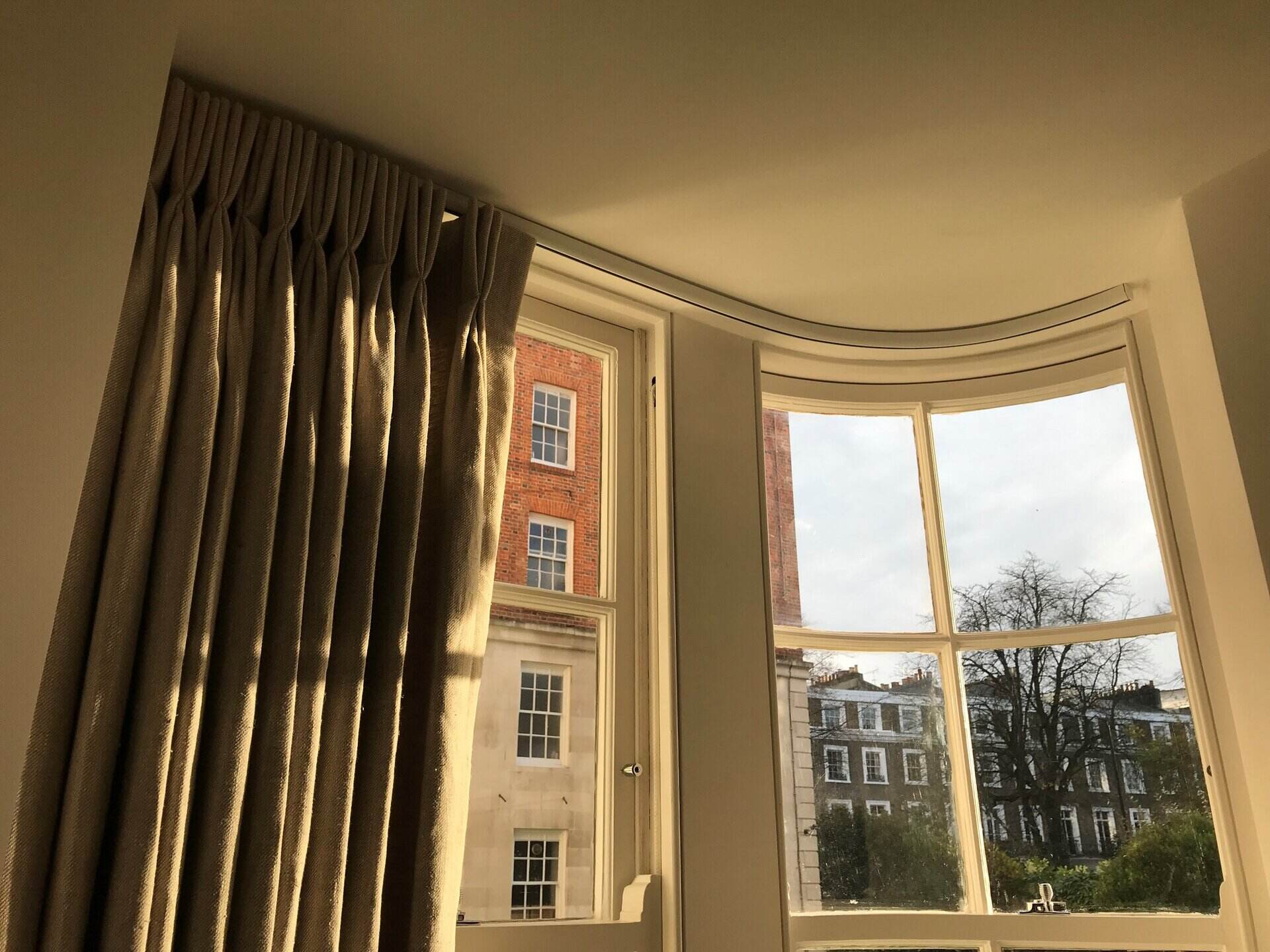
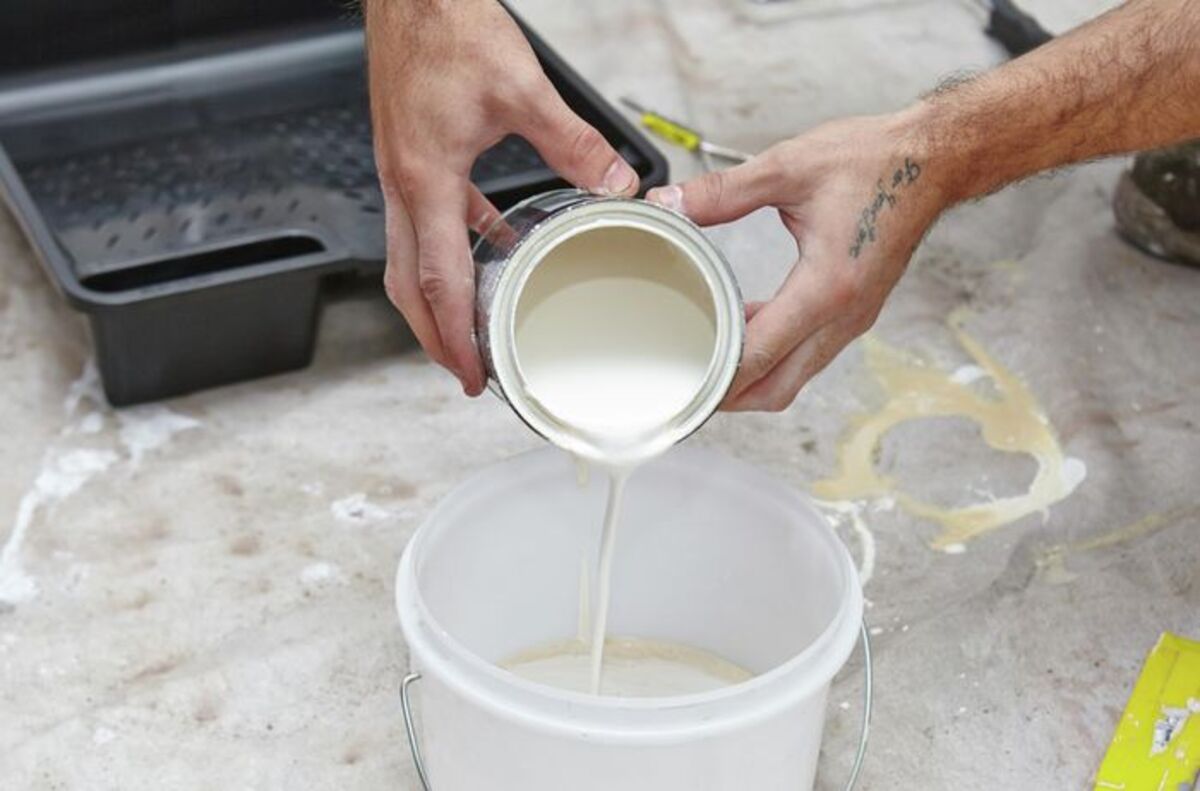
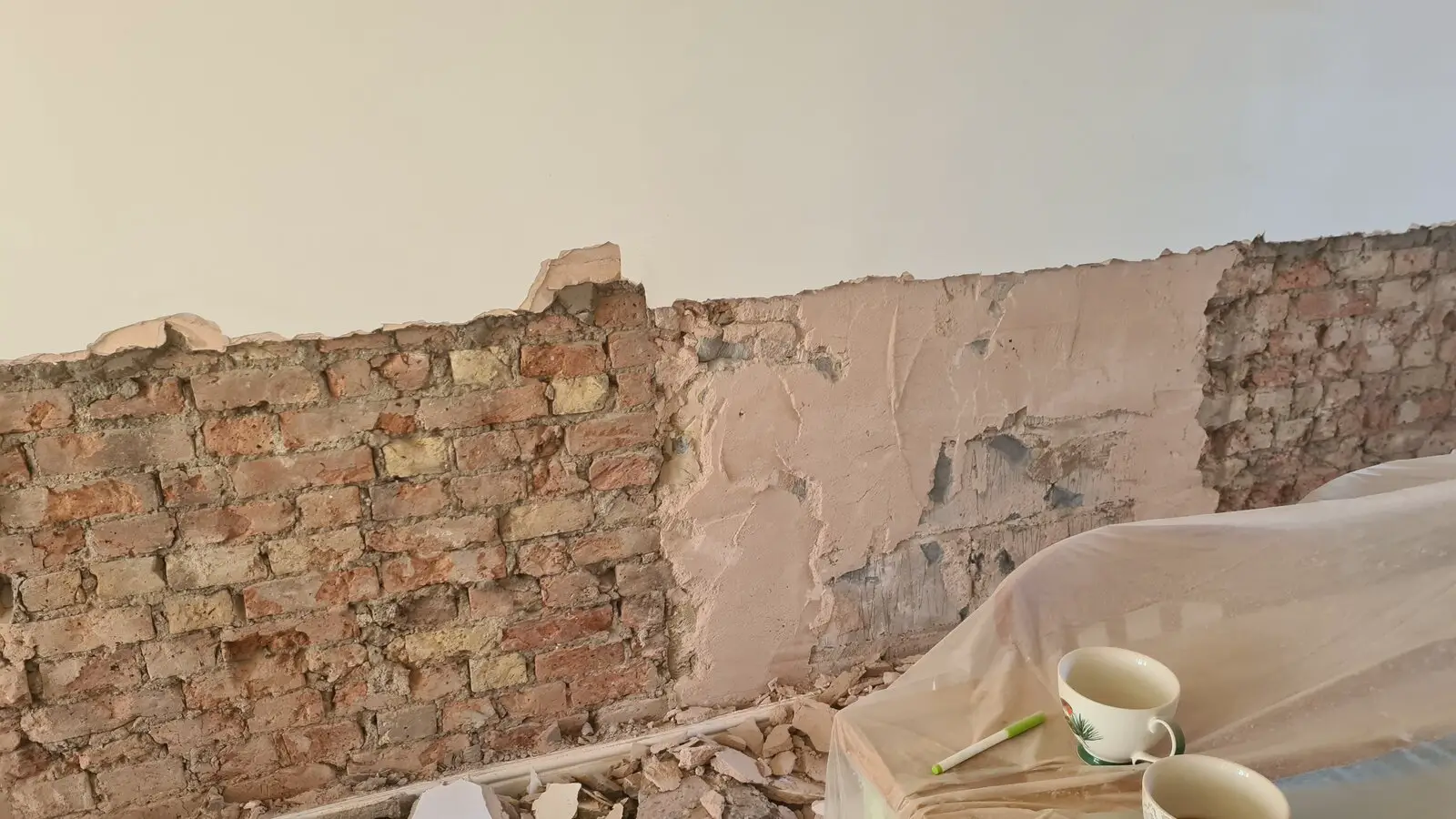
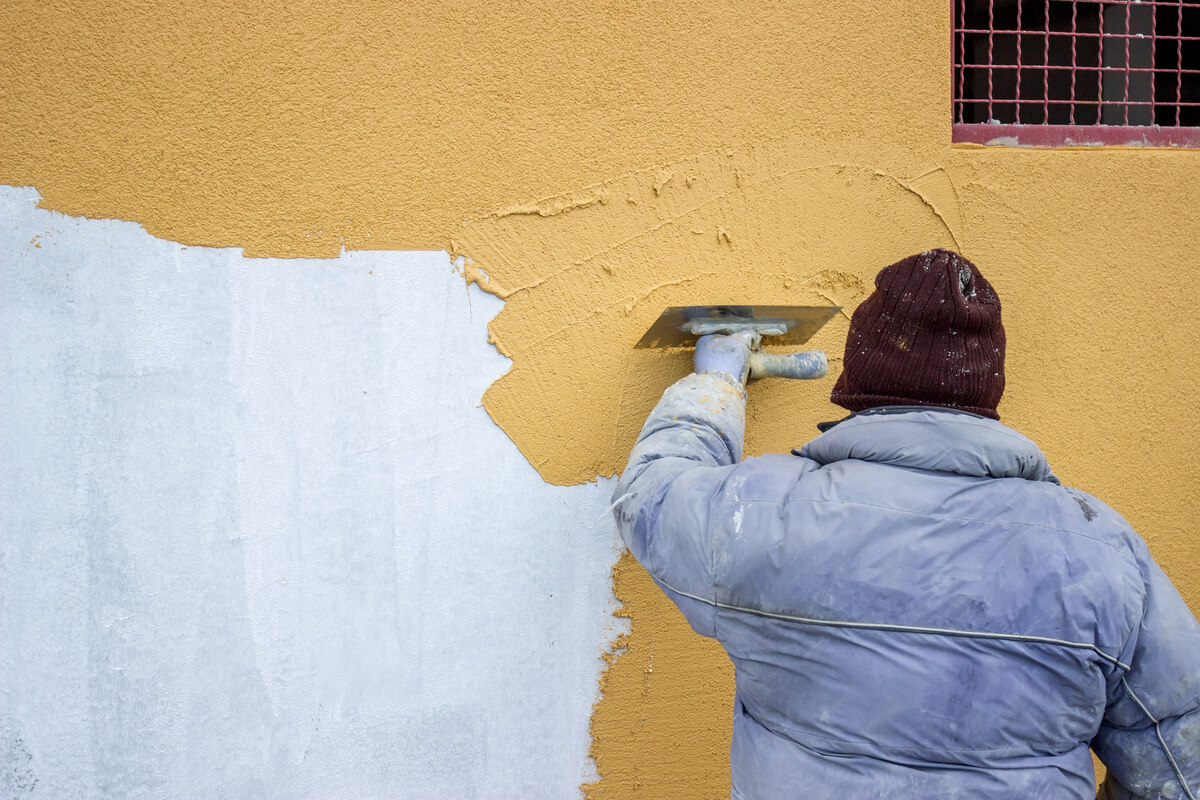

0 thoughts on “How To Plaster A Ceiling”